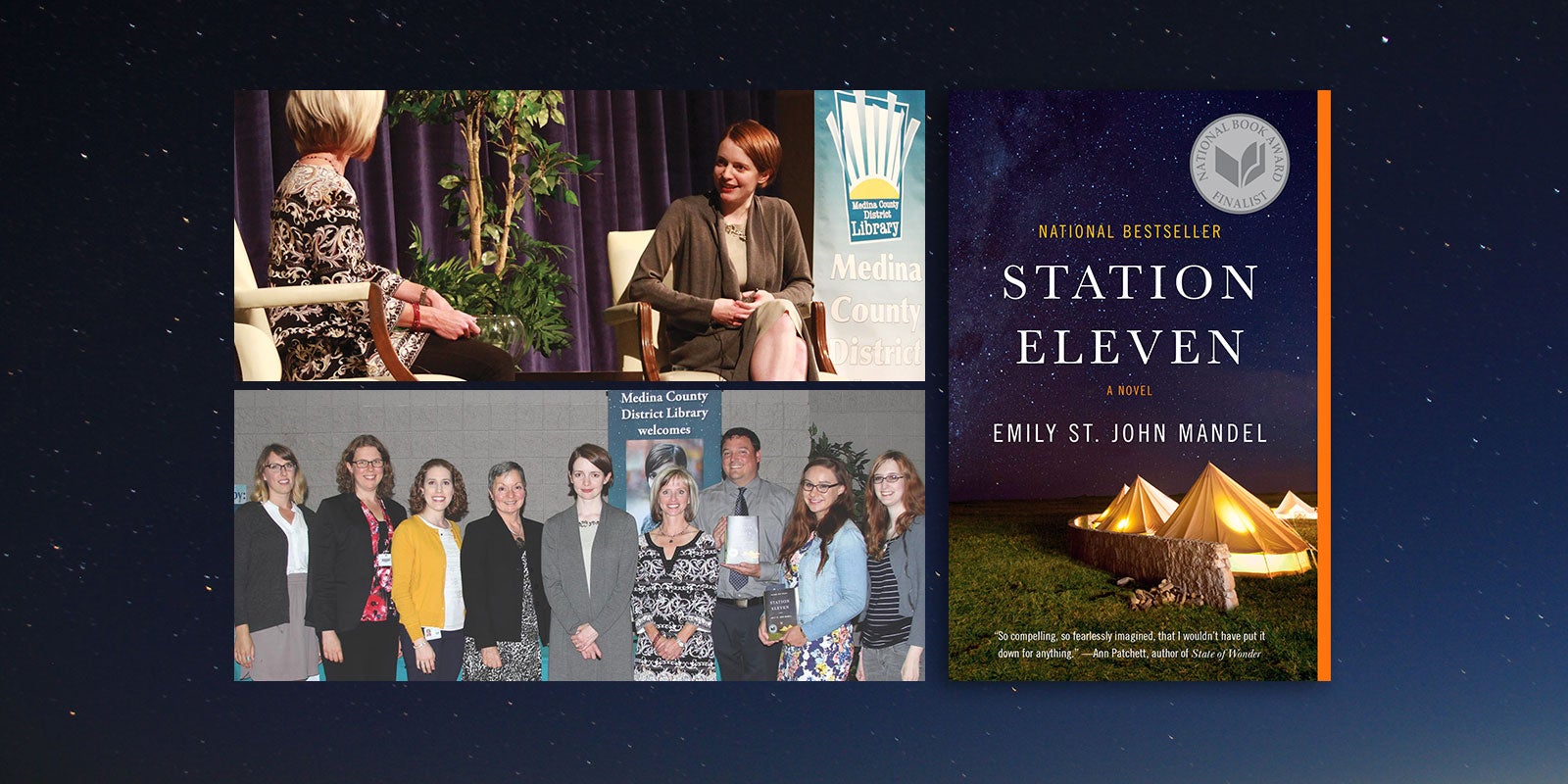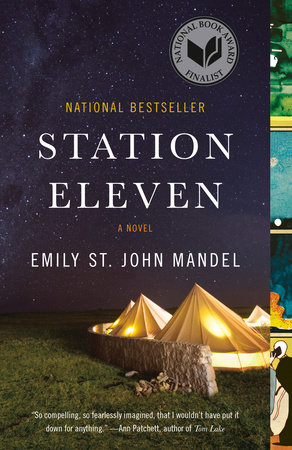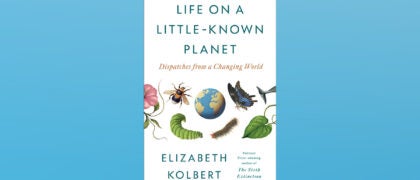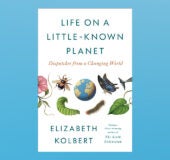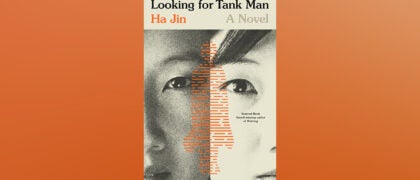We love nothing more than hearing about an entire community supporting and sharing the experience of reading one book together. Because One Book programs are so vital to supporting literacy and library systems as a whole, we think it is important and helpful to recognize the communities that excel at these kind of events.
Today we’re focusing on Medina, Ohio and the hugely successful program they did in 2016 with Station Eleven. Below is part of a Q & A with Mary Olson, Readers’ Advisory librarian from Medina County. We hope this will inspire more libraries to host One Book programs in their own communities.
How many years has your library been hosting a Community Reads event?
We hosted in 2014, 2016, and are planning 2018.
How was the title selected? Does your community vote on the title?
A committee of six library staff brought suggestions to the group. We narrowed down to three possible titles, then we (in the committee) read and evaluated and voted on the final choice.
What is the selection criteria? (For example, is the title selected by theme or popularity?)
We wanted a book that was: recently published and available in a variety of formats (digital, audio, print, and large print); had a theme related to the idea of community; would appeal to students and adults; was highly discussable.
What are the most recent Community Reads titles you picked?
Wonder in 2014 and Station Eleven in 2016
What are the best things about Community Reads?
Engaging with so many different kinds of people around the same book; partnering with our local United Way to give the books to students; hosting the author and taking him/her to schools.
What are the some of the challenges?
Getting the book to students is our biggest challenge only because the schools are so tightly bound by procedure and curriculum.
What were your most successful programming ideas?
With Station Eleven, each of our library branches had a display called the “Museum of Civilization,” which featured prominently in the book. It was almost a graveyard of past technologies. Even kids who were too young to read the book enjoyed the displays and talking with their parents about how each technology was used.
How did you spread the word about your program and engage your community?
We ran a social media campaign; print and ad campaign; hosted book discussions in every branch; offered the title as a Book Club Kit for local book clubs; and featured articles in our library newsletters.
How do reach the non-library user?
We reached hundreds of students’ parents by giving the book to the students.
What tips would you offer a community that hasn’t done this before?
- Start early—15 to 18 months before your program.
- Investigate the cost of an author visit for your final 3 candidates—it may help you choose.
- If you want to get the book into the schools, start with Language Arts teachers. We have found them to be tremendous advocates and negotiators.
- Be prepared that some people, even Library staff, may not like the book. Prepare talking points for them about how to promote the program despite the book not being their favorite, and expect them to remain positive about the program.
- Host a kickoff breakfast or reception for community leaders and have the book purchased in big quantities and available to checkout from this event.
A big thank you to Mary Olson, Medina County Ohio for taking the time to answer our questions and share her experiences with all of us.

